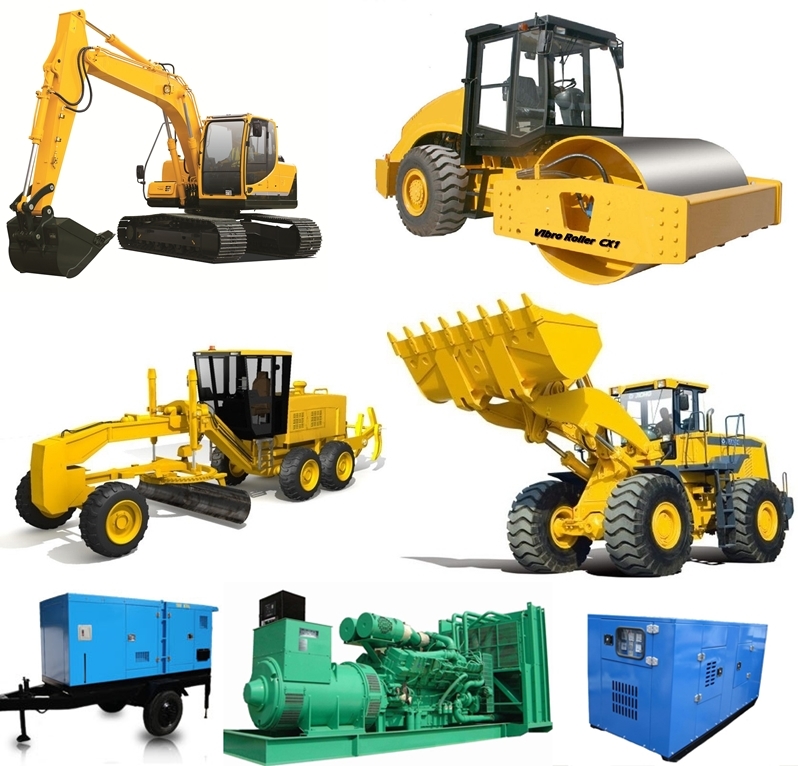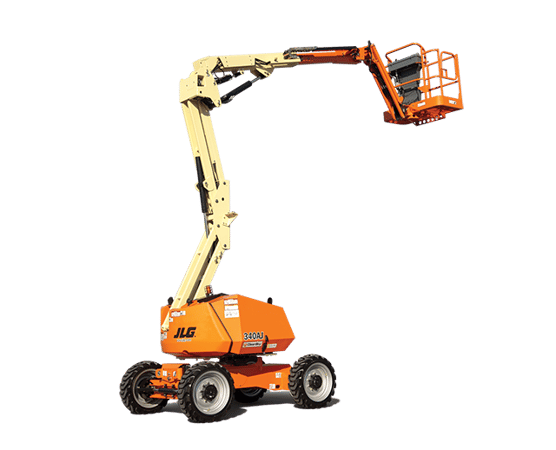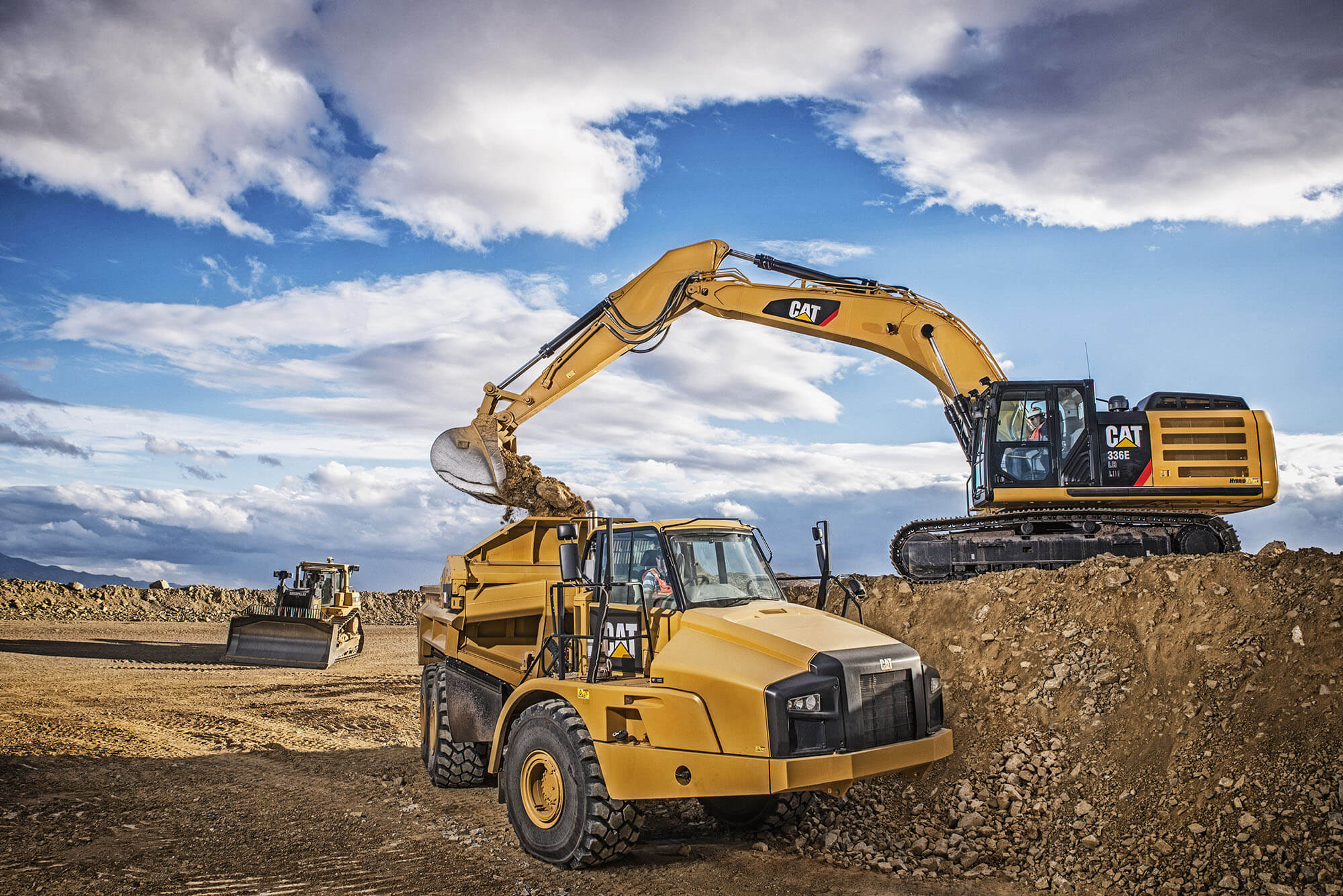A Comprehensive Overview to the Most Generally Leased Building Equipment
In the world of building, the efficient and strategic use of tools is critical to the success of any type of job. Comprehending the nuances and functionalities of frequently leased building and construction tools can significantly influence task timelines, expenses, and overall performance. construction equipment rentals. From excavators that dig deep into the planet to aerial lifts that elevate employees to brand-new elevations, each tool plays a crucial role in the construction process. By discovering the ins and outs of these commonly rented out devices, specialists can make educated choices that simplify procedures and improve task end results.
Excavators

This versatility makes them perfect for city construction tasks or sites with minimal handling area. Overall, excavators are necessary equipment for any kind of construction job that involves earthmoving, excavation, or product handling tasks.
Excavators
What crucial duty do bulldozers play in building jobs today? Bulldozers are necessary items of hefty equipment that are extensively used in building jobs for their convenience and power. These robust equipments are furnished with a wide, level blade in the front that can be increased and reduced, making them ideal for different tasks on building and construction websites.
Bulldozers are mainly used for earthmoving operations such as clearing up and leveling construction websites, pushing soil, rocks, and other products, along with rating terrain to attain the desired elevation and incline. construction equipment rentals. They are likewise employed in road building and construction, mining, and forestry projects due to their ability to manage harsh surfaces and heavy materials effectively

Scaffolding
Scaffolding is a vital temporary framework made use of in construction tasks to provide a system for workers and products at different elevations. It uses a risk-free and stable functioning system, making it possible for construction employees to accessibility hard-to-reach locations during building, maintenance, or repair work jobs. Scaffolding comes in various types, including sustained scaffolding, put on hold scaffolding, and rolling scaffolding, each developed for particular project needs.
Supported scaffolding, the most usual kind, includes systems sustained by stiff, load-bearing participants such as posts, frames, and outriggers. Put on hold scaffolding, on the other hand, hangs from the top of a structure making use of ropes or chains, ideal for work with tall structures - construction equipment rentals. Rolling scaffolding, outfitted with wheels, enables for easy movement around a worksite
When renting out scaffolding devices, aspects such as height demands, weight ability, and platform size should be thought about to make sure the security and effectiveness of the building job. Proper installation, normal assessments, and adherence to safety and security methods are critical when using scaffolding on building sites.
Concrete Mixers

Among the vital advantages of using concrete mixers is the capability to manage the top quality and consistency of the concrete mix. This is necessary for ensuring the structural stability and durability of the final building and construction. Additionally, concrete mixers conserve time and labor by automating the mixing procedure, allowing building employees to concentrate on various other tasks.
When picking a concrete mixer for a task, variables such as the called for capability, movement, power source, and mixing approach need to be considered. Renting out a concrete mixer can be a cost-efficient service for tasks that do not validate the purchase of a brand-new device. By picking the right concrete mixer for the task, building and construction experts can simplify the structure procedure and attain high-grade results.
Airborne Lifts
A vital asset in building tasks for reaching raised areas successfully and safely, airborne lifts supply a flexible remedy for accessing heights that might need customized tools. These lifts come in various types, consisting of boom lifts, scissor lifts, and employees lifts, each developed for specific tasks. Scissor raises, on the various other hand, offer a secure platform that moves vertically, making them suitable for indoor maintenance, installment, or building and construction jobs.
Verdict
To conclude, understanding the most frequently rented building equipment is important for job supervisors and contractors. Excavators, bulldozers, scaffolding, concrete mixers, and airborne lifts are crucial tools for finishing construction jobs effectively and securely. By being well-informed concerning these equipment choices, specialists can make informed decisions when leasing tools for their tasks. It is very important to think about aspects such as job requirements, budget constraints, and safety regulations when choosing the appropriate equipment for the work.